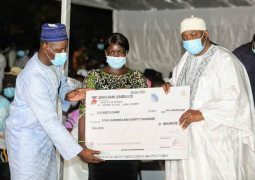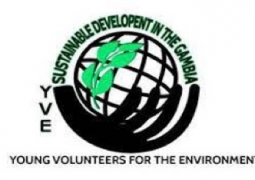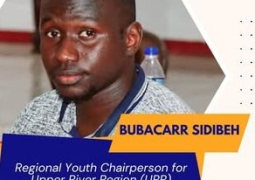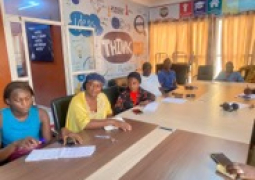
Despite a growing economy, Gambia is one of the poorest countries in the world, with income poverty increasing from 59% to 74% between 1998 and 2003.
Gambia also ranks low on indicators of human development, including per capita, adult literacy and the Gender Development Index.
A high youth unemployment rate of 40% makes it challenging young people to find employment to better their lives.
The Gambia Youth Employment Programme (GAMJOBS), which ran from 2007 to 2011, was a response by the Gambian government to the high incidence of unemployment and poverty; particularly among the youth who form the majority, (young people under 25 make up 64% of the population).
With the formal sector employment around 10% of the available labour, the Gambia Youth Employment aimed to support young people to create jobs for themselves.
It addressed deficits in entrepreneurial and life skills among youth, inadequate information on the labour market, lack of financial capital, and job matching challenges.
At a macro-level, GAMJOBS also attempted reforms to labour market regulations to make them friendlier to young people.
To address the growing youth unemployment and poverty situation, the Government of Gambia, with support from the ILO and UNDP, launched GAMJOBS in 2007.
The main implementing agency for GAMJOBS was the Department of State for Trade, Industry and Employment.
A Project Steering Committee had oversight of program implementation, with the ILO providing technical guidance.
The overall objective of GAMJOBS was to encourage, through policies and direct interventions, a skilled workforce that would create jobs in both the formal and informal economies. It did this by
The program identified potential sectors (including agriculture, tourism, export and infrastructure) in which young people could find work after they had received vocational and entrepreneurial training.
Additionally, to make job matching possible, the government supported the setting up of job centres by non-governmental organisations.
GAMJOBS targeted its activities and interventions to young women and men, who are more likely than older adults to be unemployed and underemployed.
Funds from various donors were managed through a basket funding arrangement with seed funding from UNDP to kick-start the implementation process.
The government of Gambia made some contribution to the project.
The total budget was $9.5 million.
The program identified potential sectors (including agriculture, tourism, export and infrastructure) in which young people could find work after they had received vocational and entrepreneurial training.
Additionally, to make job matching possible, the government supported the setting up of job centres by non-governmental organisations.
GAMJOBS targeted its activities and interventions to young women and men, who are more likely than older adults to be unemployed and underemployed.
Funds from various donors were managed through a basket funding arrangement with seed funding from UNDP to kick-start the implementation process.
The government of Gambia made some contribution to the project. The total budget was $9.5 million.
The main challenge of the GETFUND was loan recovery; the eventual demise of GAMJOBS was attributed to this. Other aspects of the program—job placement, career counselling—did not work as expected.
:It was expected that through the GAMJOBS, 10,000 jobs will be created annually.
Further, 20,000 young women and men were expected to be trained in vocational skills and entrepreneurship programmes. However, it is not clear whether, by the end of the program, the targets had been achieved.
A key lesson from the project is the important of coordination between interventions such as GAMJOBS and the government. Equally important is a proper loans management system.
Source-Youth News





